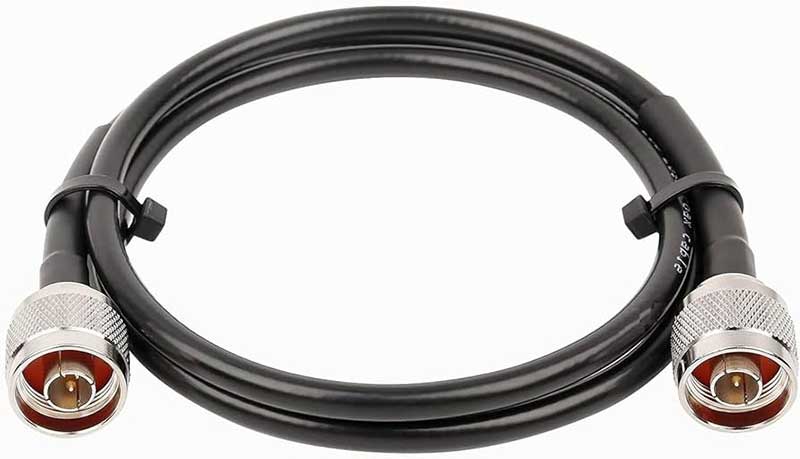With so many different cable types out there, it can be hard to know which one is ideal. Though it has lost popularity over the last few decades, there is a good chance that you are going to need a coaxial cables sometime in the future.
These were primarily used by cable companies to install home television boxes and satellite connections into homes. But as you will find out, coaxial cables have a lot more uses than you may have realized.
About Coaxial Cables
When checking out coaxial cables, you may hear them referred to by other names. For instance, you may find a TV aerial cable from a vendor like RS, and think that it is something else. But really, it is one of the more common coaxial cables you are going to find.
Prior to USB and HDMI cables, coaxial was prominent in the tech world because it was the chosen method of installing cable and satellite television. Times have changed, but coaxial cables are still a prominent part of tech. Even though they have been overtaken by HDMI, coaxial cables still have plenty of uses across the tech world.
How They Work
Before we get further into it, we should know how coaxial cables work. These cables have layers of insulating material and electrical conductors. This allows the signals to stay within the cables, and it prevents electrical noise from causing interference to the signal.
The center layer is made up of a thin wire, typically copper. A surrounding outside insulation keeps the wire protected, both physically and from interfering signals. These cables can transmit information quickly, though anything over 1 GHz will require a dielectric that doesn’t create signal reflections. The copper pin in the middle is the primary method of transmission but it can be easily bent and damaged without proper care.
Types of Coaxial Cables
In order to garner a further understanding, it helps to know what the different coaxial cables are. You should find four different types out there.
Radiating cable. These have a lot of the components that the hard-line cable has. The difference is that there are tuned slots in the shielding that get matched to the RF wavelength that the cable operates at. The most common use of this coaxial cable type is in underground tunnels, military equipment, and elevators.
Rigid-line coaxial cables. This type of coaxial cable is made up of a pair of copper tubes. Those tubes function as unbendable pipes. The lines are designed to be used indoors between high-power radio frequency transmitters.
Triaxial cable. Very similar to the hard-line coaxial cable, this type has a third layer of shielding. That third layer is grounded in order to protect the signals that get transmitted down the cable.
Hard-line coaxial cable. This type of coaxial cable relies on round copper tubing as well as a combination of metals that act as a shield (copper or aluminum, typically). You will find this type of coaxial cable when attempting to connect a transmitter to an antenna.
Coaxial Cable Usage
For homes and small offices, a short coaxial cable is common. This is great for cable, home video equipment, measuring devices, and amateur radio equipment. Twisted pair cabling has since taken over where coaxial cables once dominated.
That said, coaxial cables are still in use for cable broadband internet. Coaxial cables are still commonly used for military and medical, aircraft, and military equipment, connecting satellite dishes, and for television and radio antennae. Though they are found in fewer homes these days, coaxial cables are far too important to go away any time soon.




